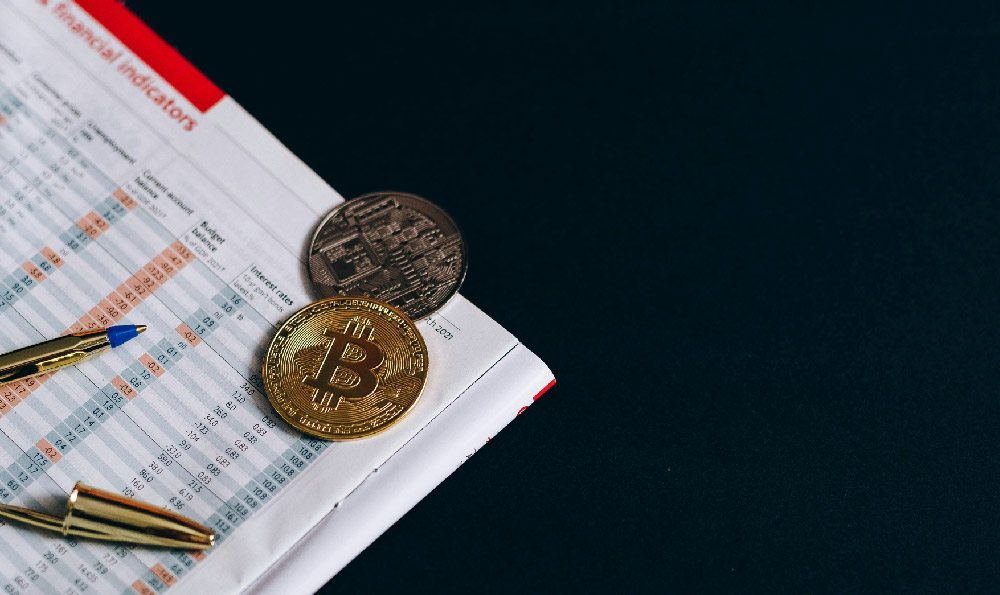
Okay, here's an article exploring how George Soros amassed his fortune and his overall story, avoiding bullet points, numbered lists, and phrases like "firstly" or "secondly."
George Soros is a name synonymous with both immense wealth and significant controversy. He's not just another billionaire; he’s a figure who has actively shaped global markets and political landscapes, generating strong opinions wherever he goes. Understanding how he built his empire requires delving into his unique approach to finance and recognizing the historical context in which he operated.
Soros’s financial acumen is rooted in a deep understanding of market psychology and a willingness to take calculated risks. He wasn't born into wealth; his early life was marked by hardship and resilience. Born in Hungary in 1930, he survived the Nazi occupation by assuming a false identity. This experience, he argues, instilled in him a keen awareness of power dynamics and the fragility of established systems – a perspective that would later inform his investment strategies.

After moving to London and then to New York, Soros began his career in finance. He didn't initially make a splash. He started in relatively obscure positions, analyzing stocks and working in arbitrage. However, these early roles provided him with a crucial foundation in understanding market mechanics. The real breakthrough came in the late 1960s when he co-founded a hedge fund, eventually evolving into Quantum Fund, the vehicle that would become the engine of his immense fortune.
Quantum Fund wasn't just another investment vehicle. It was characterized by its aggressive use of leverage, its global reach, and its founder's willingness to make bold, contrarian bets. Soros wasn't afraid to challenge conventional wisdom or to take positions against established trends. He believed in "reflexivity," a theory he developed himself, which posits that investor perceptions can influence the fundamental conditions of the markets they are trading in. In essence, the act of investing can change the reality being invested in.
This understanding of reflexivity became a cornerstone of his investment philosophy. He looked for imbalances and dislocations in the market – situations where investor sentiment was misaligned with underlying economic realities. When he identified such an opportunity, he would often take a substantial position, aiming to profit both from the correction of the imbalance and from the momentum created by his own actions.
The event that cemented Soros’s reputation and made him a legend in the financial world was his bet against the British pound in 1992. At the time, the UK was part of the European Exchange Rate Mechanism (ERM), a system designed to stabilize exchange rates among European currencies. Soros believed that the pound was overvalued within the ERM and that the Bank of England would be unable to maintain its peg.
He took a massive short position against the pound, effectively betting that its value would fall. When the Bank of England attempted to defend the currency by raising interest rates and intervening in the market, it ultimately failed. The pound was forced to withdraw from the ERM, and its value plummeted. Soros made an estimated $1 billion in profit from this single trade, earning him the moniker "the man who broke the Bank of England."
While the bet against the pound made him famous, it was just one example of his approach to global investing. He made significant investments in emerging markets, often taking advantage of privatization opportunities and economic reforms. He also invested heavily in currencies and commodities, always seeking to identify undervalued assets and profit from market inefficiencies.
Beyond his financial success, Soros is also known for his extensive philanthropic activities. He established the Open Society Foundations, a network of organizations dedicated to promoting democracy, human rights, and freedom of expression around the world. He has donated billions of dollars to support these causes, making him one of the most significant philanthropists of our time.
His philanthropy, however, is not without its critics. Some argue that his investments in political causes are a form of undue influence and that his efforts to promote democracy are often misguided or counterproductive. He has become a frequent target of conspiracy theories and political attacks, particularly from those who oppose his progressive political views.
The controversies surrounding Soros often overshadow the complexity of his character and his motivations. He sees himself as a champion of open societies and a defender of human rights. He believes that markets are inherently unstable and that they need to be regulated to prevent excesses and protect the public interest. His actions, both in the financial world and in the realm of philanthropy, are driven by a desire to shape the world according to his vision.
In conclusion, George Soros's wealth accumulation is a product of his keen understanding of market dynamics, his willingness to take calculated risks, and his ability to identify and exploit market inefficiencies. His theory of reflexivity, his global perspective, and his aggressive investment strategies allowed him to build a financial empire that has few parallels. While his financial success is undeniable, his legacy is more complex, shaped by his philanthropic endeavors, his political activism, and the controversies that inevitably surround a figure of such immense power and influence. He is a figure who has not only made a fortune but has also used that fortune to try and reshape the world.





